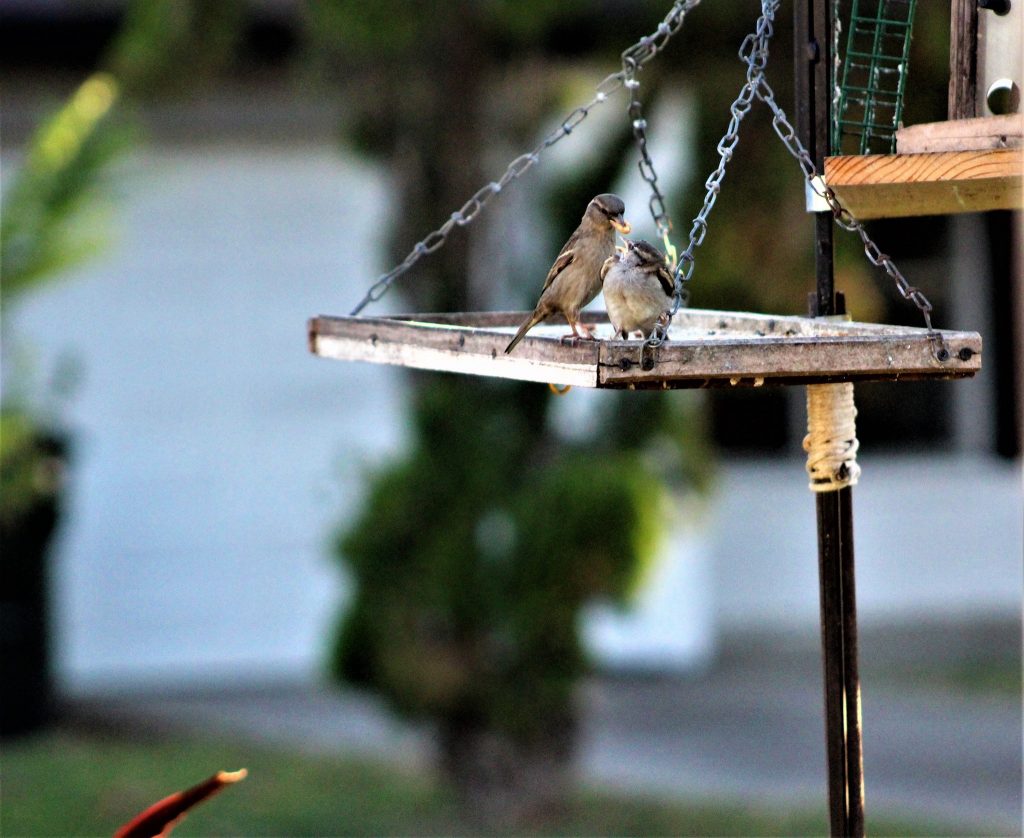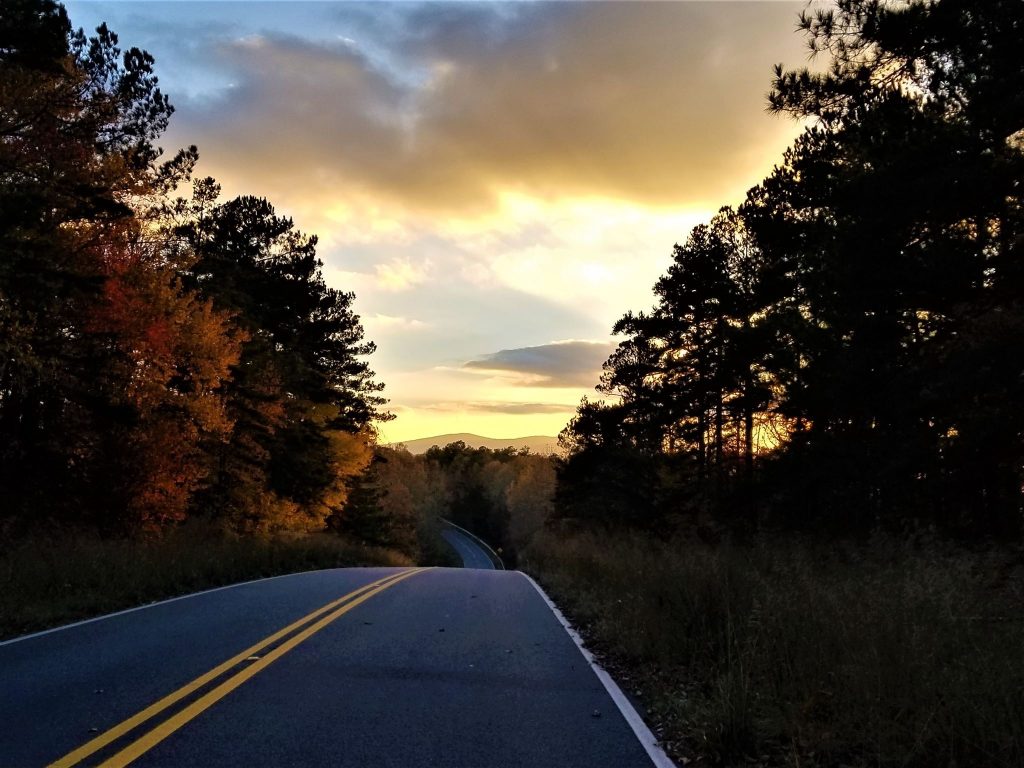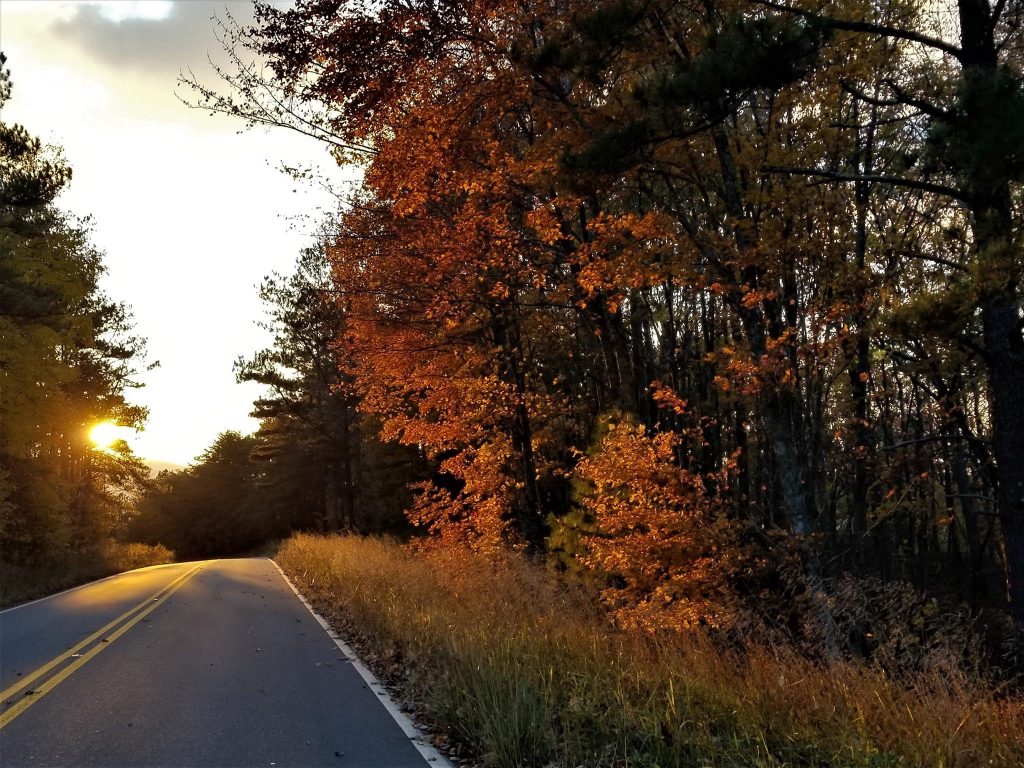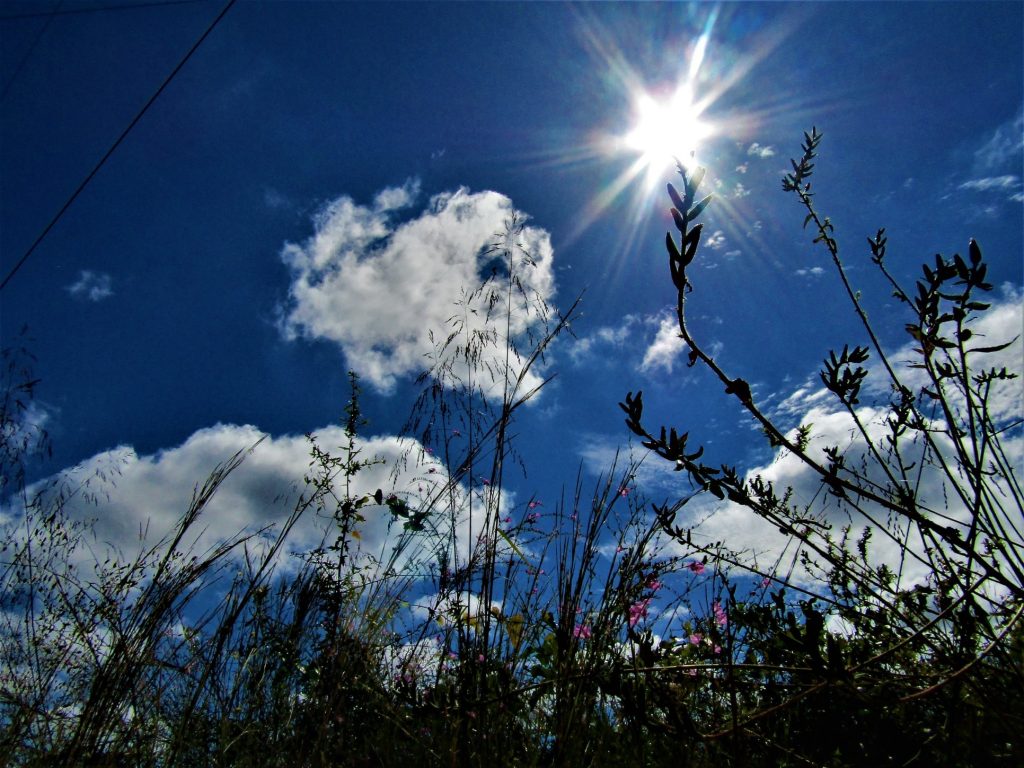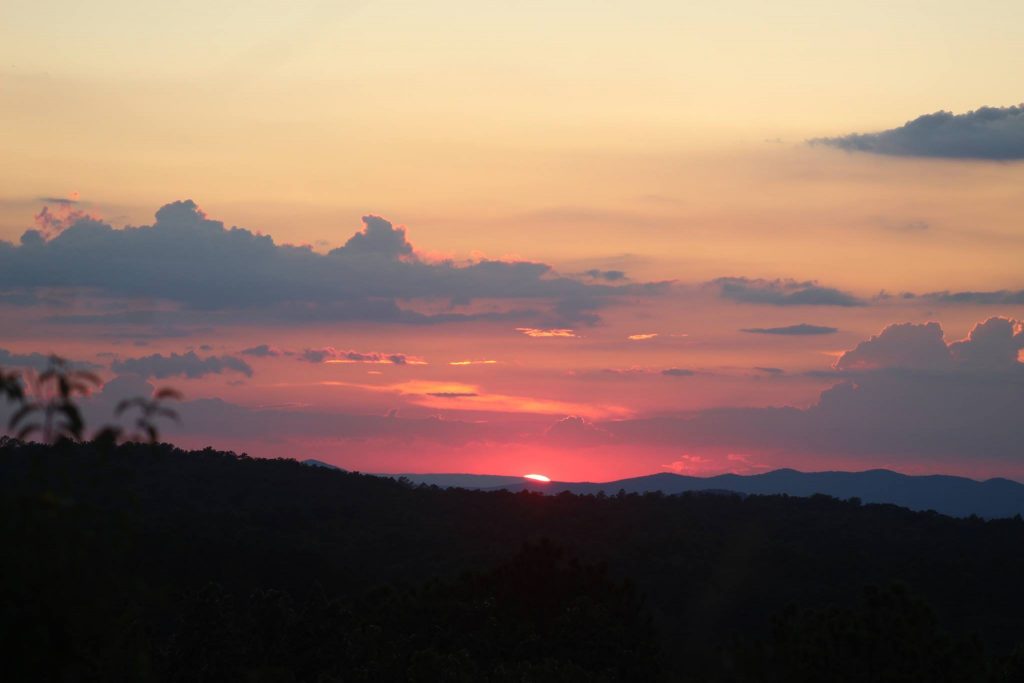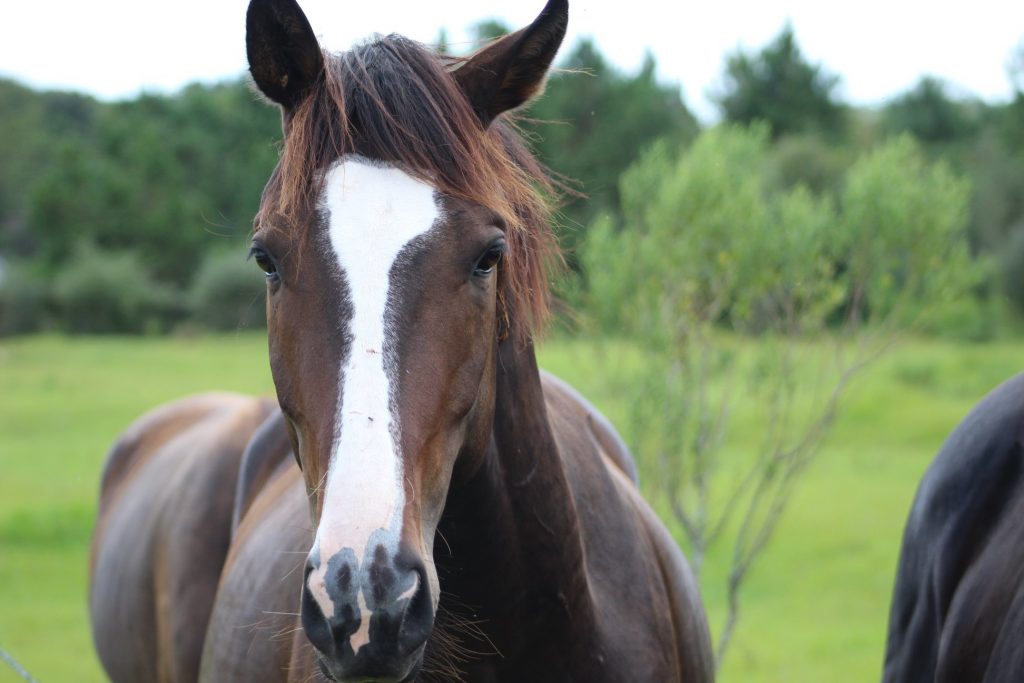Background
James “Jim” Crout is a former Navy officer who served two tours in the Vietnam war. Jim served in Vietnam from 1966-1968. In this interview, we talked about about his life and the lighter times during his deployment in Vietnam.
Jim Crout was born on December 9, 1939 in Harperville, Mississippi on a swamp called the Taleboge. At the age of 17, Jim joined the Army. In 1965, after serving a total of eight years in the Army and spending some time stationed in Germany, he decided to join the U.S. Navy. He went from the Army to the Navy for more of an opportunity at upward mobility and a better education.
On September 20, 1966, Jim married Jewell Butler in Piedmont, AL. Shortly after, Jim left for his first tour in Vietnam.
First Tour
On his first day in the Vietnam war, ranked as a 3rd Class Petty Officer, he flew into Saigon from San Fransisco and then out to Vinh Long, a small town in the heart of the Delta. Beginning at the end of 1966, Jim spent his first tour assisting the VNN (the Republic of Vietnam Navy).
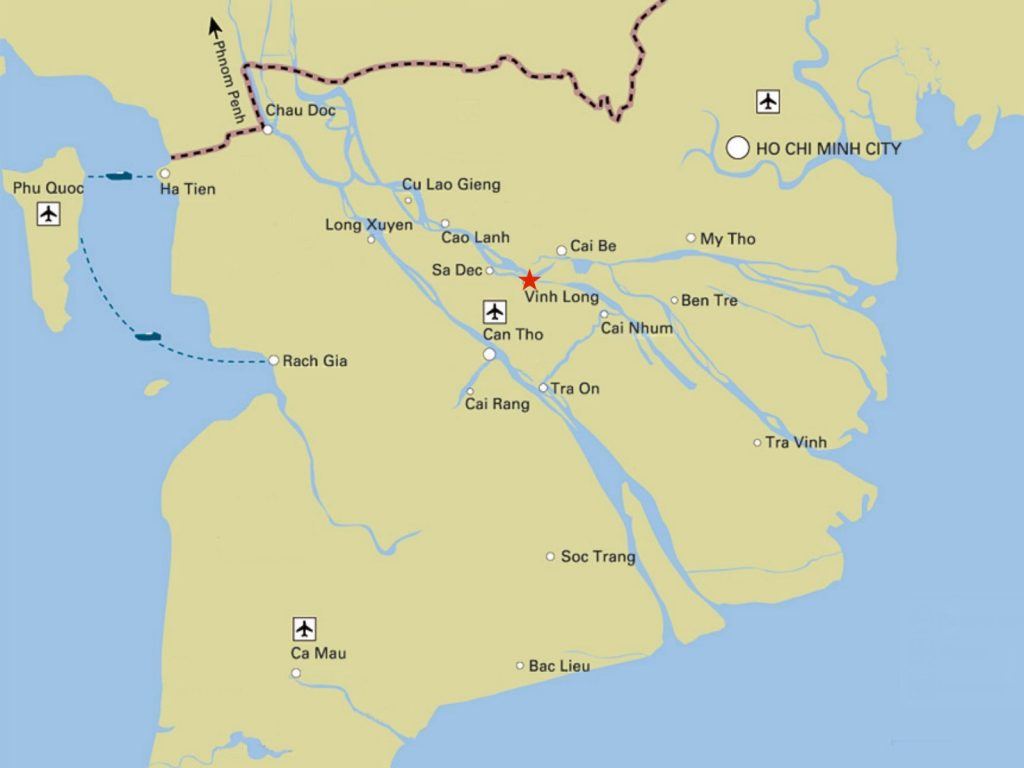
In-Between Tours
In between tours, Jim went to inshore operations school at the Mare Island Naval Shipyard in Mare Island, California. For three months, he learned how to conduct river assaults and mine operations in the sloughs of the Napa-Sonoma State Wildlife Area.
Second Tour
On his second tour, beginning later in 1967, Jim was stationed in Dong Tam. Dong Tam was an Army, Navy, and ARVN base just west of My Tho and positioned on the banks of the Mekong River. Jim served in the US Navy’s Mobile Riverine Force, where he participated directly in river and canal assaults. During his time there, he stayed on his Alpha Boat, named “Jewell” after his wife.
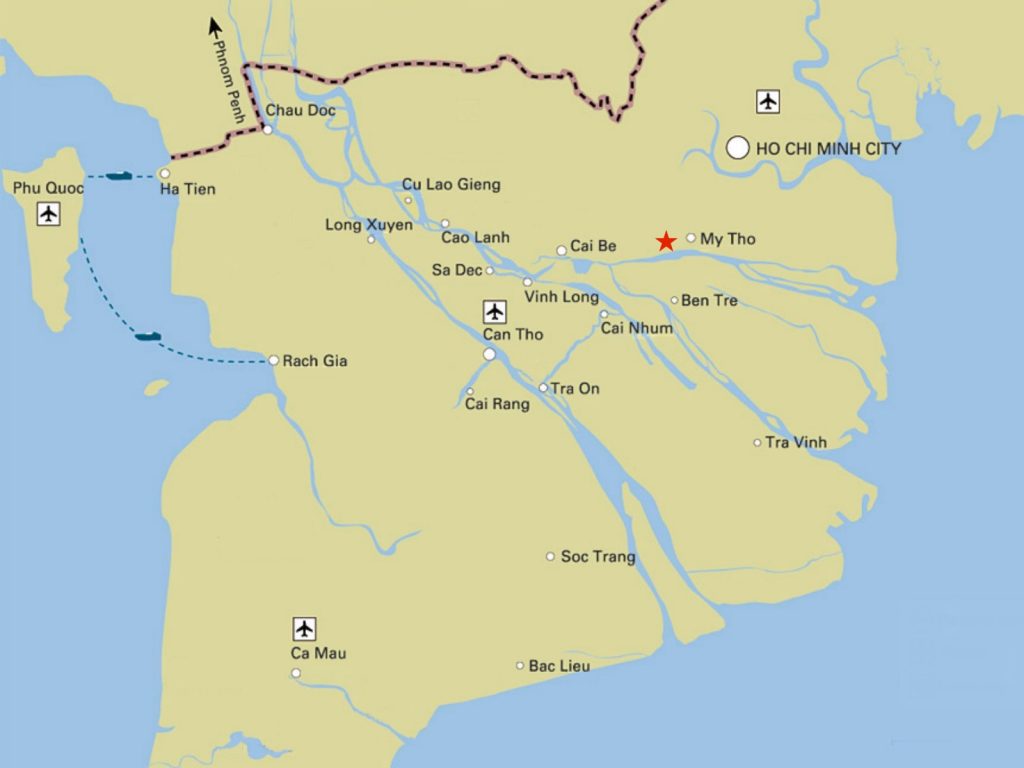
Mobile Riverine Forces had Assault Support Patrol Boats (“Alpha Boats”) and a separate larger base-ship called a Mobile Riverine Base. Jim said that he seldom ever went to his base ship.
His alpha boat was a 50ft assault craft that was heavily armed and low to the water.
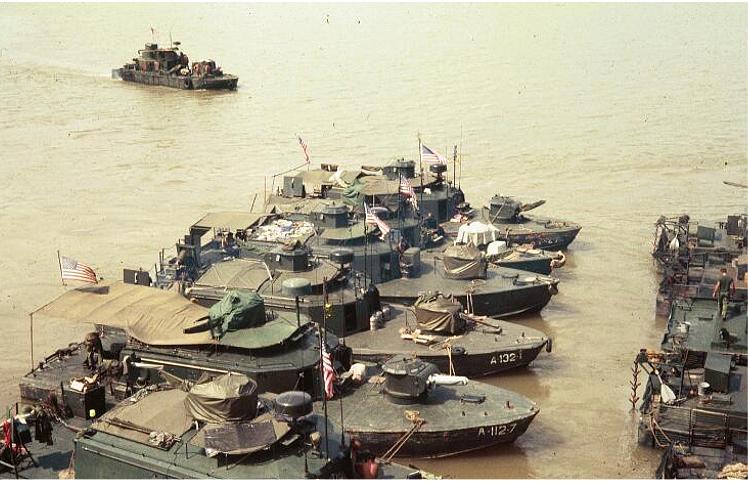
Experiences
During his two tours, Jim told me about the various wildlife.
During his first tour, he told me the story of his experience with, what veterans call, a “two-step snake.” This snake is actually called a Many-Banded Krait. The Many-Banded Krait is a snake about 3-4ft. in length and found in various parts of China and Southern Asia. Based on many LD50 studies, the Many-Banded Krait is one of the most venomous snakes in the world. Many veterans refer to this snake as a “two-step” or “three-step” snake because, in his words, after you are bit, “you take three steps and it kills you.”
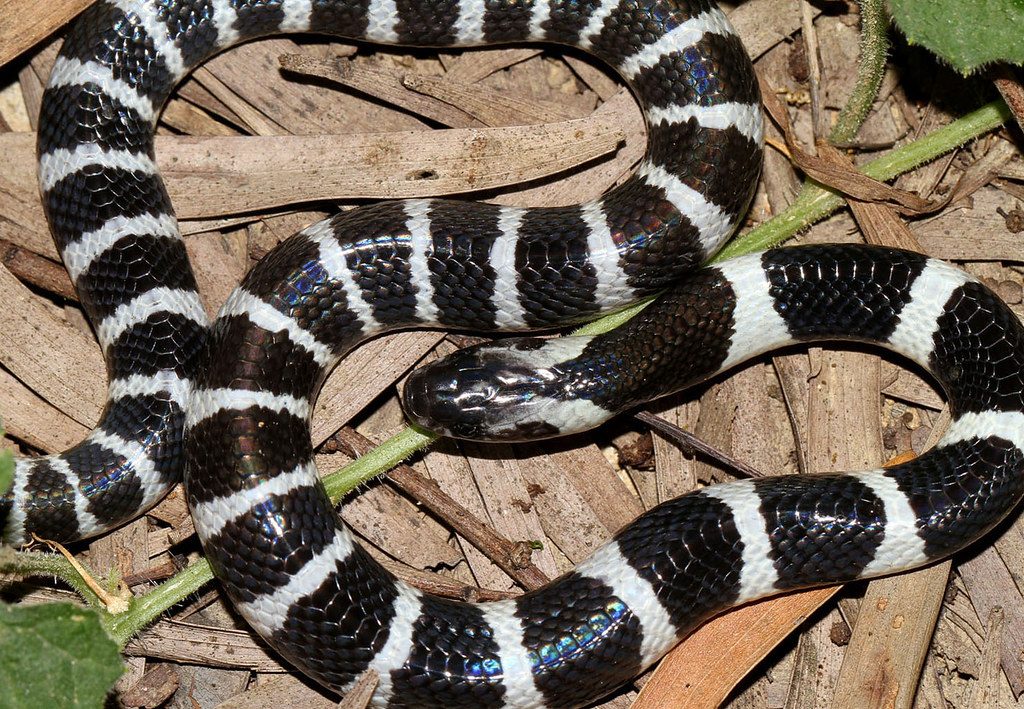
He told me that everyone has a snake story, even him, and that they tell you these stories to instill fear and make you stay away from them. Jim spoke of a story of one Many-Braided Krait’s persistence to get onto a “Mike Boat” (LCM-8) that he was guarding during his first tour. This “Mike Boat” was filled with hospital personnel (Army Medics and Navy Corpsmen) and the ramp of the boat was down to allow sick Vietnamese to board from their sampans. As the ramp was down, this snake tried to board the ship multiple times while Jim repeatedly kicked it off the side. After a while, Jim decided to shoot it, startling everyone on board. Jim went to one of the doctors and apologized for scaring his patients and the doctor proceeded to tell him that they weren’t scared of his shooting, but scared of the snake and actually questioned why he didn’t shoot the snake in the first place.
Jim also told me about other wildlife, such as rats, monkeys, and fish. One story involved him accidentally shooting a hole in his boat while trying to shoot a rat. He informed me that they used to fill shotgun shells up with rock salt to shoot rats, but he was out of rock salt so he tried his hand at table salt. Forgetting how table salt clumps together in heat and humidity, the table salt formed one large slug which shot right into his Alpha Boat.
We also talked about him and his men fishing for catfish all the time and how he had trouble sleeping because of how annoying and loud the monkeys were.
We talked about the food he ate, mostly rations and rice, eating rice every single day. He informed me of a sauce he ate a lot called Nuoc Mam. Nuoc Mam is a fish sauce made by drying fish out with salt and spices in a stone vat. It is very salty and that most of the soldiers did not develop a taste for it, but he did.
He told me about what they did while they were bored. This included shooting rats, listening to music, and playing Pinochle (a card game). He listened to music most of the time when he wasn’t working, mostly listening to Radio Saigon.
During his time there, he posted most of his money back home to his family, who were living in Mississippi during the time of his deployment.
Post-War
After returning to the United States, he immediately went to Norfolk, Virginia with his wife and two sons working on the USS Chilton LPA-38 as a division officer in charge of small crafts. They stayed in Norfolk for a little over a year before Jim was stationed in Guantanamo Bay, Cuba.
- Norfolk, VA – 1969-1970
- Guantanamo Bay, Cuba – 1970-1972
- Kingsville, TX – 1972-1974
- Goose Creek, SC 1974-1975
- Mayport, FL – 1975-1980
- Guantanamo Bay, Cuba – 1980-1981
- Goose Creek, SC – 1981 – 1985
- NAS Jax, Jacksonville, FL 1985 – 1988
During his time in Kingsville, Jim and Jewell had their third child, a daughter named Tonia.

Jim is pictured in the top-left.
https://www.navysite.de/cruisebooks/cv60-80/284.htm
Jim served a total of twenty-two years in the United States Navy before retiring in 1988. After his retirement, he and his wife Jewell moved to Gadsden, Alabama for a while. Unfortunately, in 2017, Jewell Crout passed away.
As of last fall, Jim remarried his new wife Julie and, just recently, the two moved to Corpus Christi, Texas. At the moment, the two are working to remodel their house. Along with remodeling, Jim and Julie spend their time exploring, hiking, and taking pictures. Jim is a passionate writer, photographer, and artist and his passion is very prominent in his work.
Here are some of Jim’s more recent shots:
I was very fortunate to have had the opportunity to learn so much about the experiences of my grandfather as well as further bond with him and Julie. They were kind enough to invite me to their home where I stayed for three days and explored Corpus Christi with them. They also took me to Kingsville, TX to see the (now abandoned) hospital my mother was born in. I thank them from the bottom of my heart for allowing me into their home and sharing this experience with them and letting me share this to the public.
Sources and Further Reading:
- Cracknell, William H. “THE ROLE OF THE U.S. NAVY IN INSHORE WATERS.” Naval War College Review 21, no. 3 (1968): 65-91. http://www.jstor.org/stable/44639393.
- Marolda EJ. Orphan of the Mekong Delta: The Army-Navy Mobile Riverine Force. Journal of Military History. 2016;80(4):1149-1181. https://search.ebscohost.com/login.aspx?direct=true&db=31h&AN=118279404&site=eds-live&scope=site. Accessed April 23, 2019.
- LD50 Study for various snakes: http://www.seanthomas.net/oldsite/ld50tot.html
- Alpha Boats: http://www.warboats.org/aspb.htm
